The Grade II listed Anglican Greek revival church in South London has undergone a £5.5m restoration
Eric Parry Architects has completed the renovation of the grade II-listed St John’s Waterloo, an Anglican Greek revival church in South London.
The church provides a place of worship alongside event and meeting spaces with accommodation for St John’s own and other community projects.
Eric Parry Architects was appointed in 2010 and worked closely with reverand Giles Goddard, the Vicar of St John’s, to build a brief centred on the idea of an open welcome.
The church entrance has been remodelled, making the nave visible from the street, while a single doorway for all users emphasises an equal and inclusive welcome.
The project will help move St John’s towards the Church of England’s target of net-zero carbon emissions by 2030
The installation of a lift makes the crypt fully accessible for the first time and the insertion of side panels provides a new baptistry and prayer chapel, in addition to framing a stage for performances and offering a storage solution.
In the crypt, modifications from the last 40 years have been cleared away to create a variety of new spaces, exposing the brick vaults as well as restoring a long, vaulted chamber known as the Old Crypt.
The project will help move St John’s towards the Church of England’s target of net zero carbon emissions by 2030, with solar energy integrated into the design from the outset. The south-facing roof is now covered with 80 solar panels, with the capacity to generate a potential 30 kWh.
The airtightness of the building has been improved by the installation of an internal lobby space separated from the nave by glass screens, which reduces heat lost to warm air circulation. Replacement of the glazing and repair to the windows also has the dual benefit of improving both airtightness and daylighting levels.
Of the £5.5m of funds raised to complete the renovations, more than £1m came from the congregation
Acoustic and thermal insulation has been installed in the ceiling of the Nave and heat recovery ventilation units have been installed for air-sourced heat pumps, in anticipation of improvements in technology and affordability that will make it viable.
The £5.5 million restoration has preserved both the 19th century architecture of Francis Bedford, and 20th century interventions made when the church was restored following wartime bombing. While solid oak sanctuary furniture commissioned from ecclesiastical furniture maker Luke Hughes provides a centrepiece for the new scheme.
St John’s historically significant altar paintings, by the German-Jewish refugee Hans Feibusch, have been saved by expert conservation. The improved conditions in the nave will also support their ongoing preservation.
The practice consulted with the congregation, and with community, statutory and local interest groups, including Historic England
Of the £5.5m of funds raised to complete the renovations, more than £1m came from the congregation – a strong indication of local support. Other grants came from the London Borough of Lambeth, the Big Lottery Reaching Communities Fund and the mayor of London’s Good Growth Fund and Community Energy Fund.
The practice consulted with the congregation, and with community, statutory and local interest groups, including Historic England, Twentieth Century Society, Lambeth LBC and the Church Buildings Council to ensure that the designs met the overlapping needs of all users of the church.
St John’s, already a known concert venue and home to the Waterloo Festival will now be able to stage a year-round cultural programme.









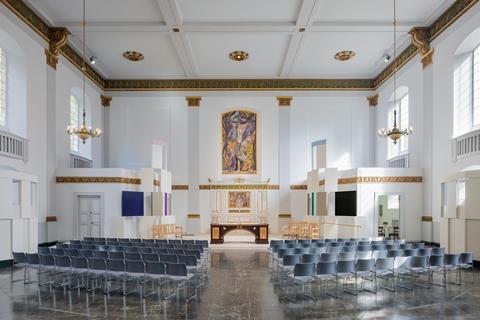

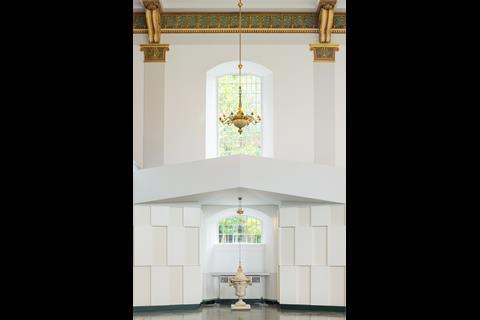
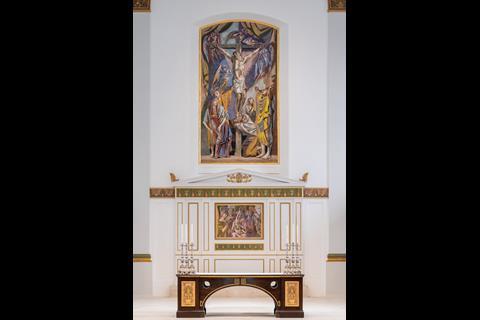
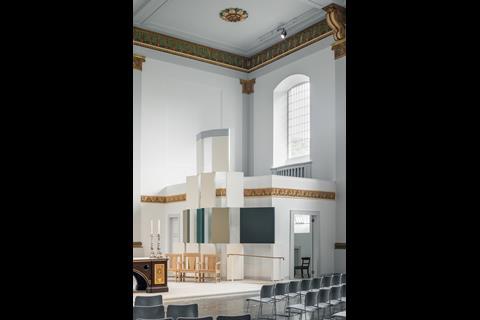
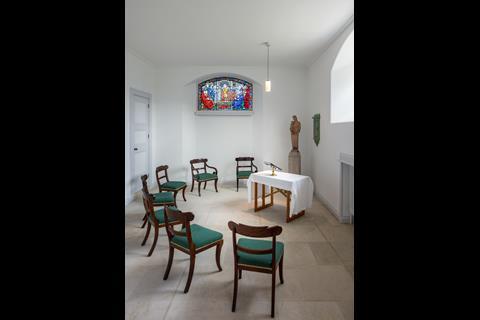
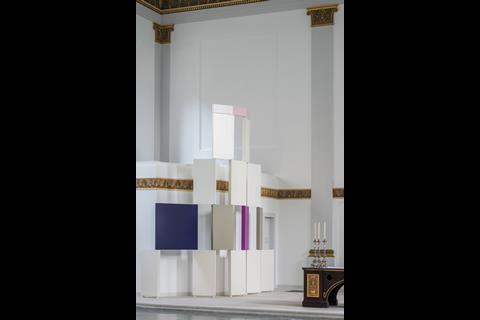
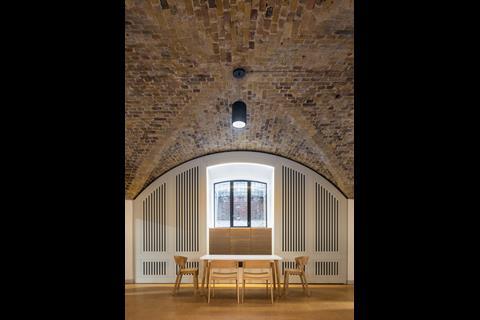
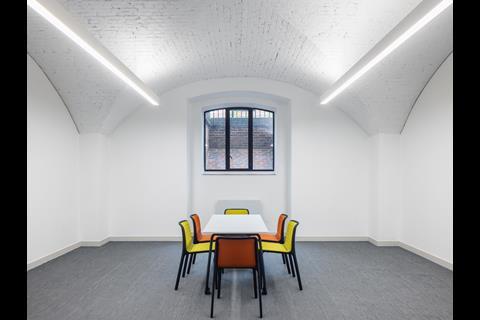
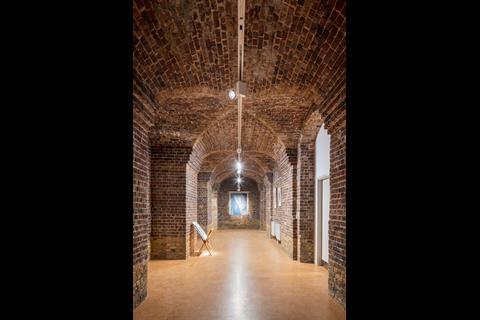
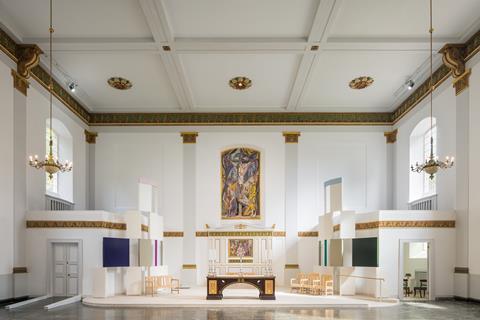
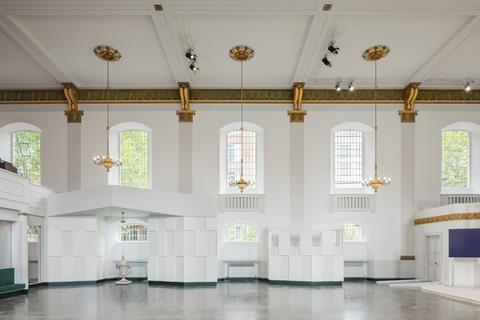

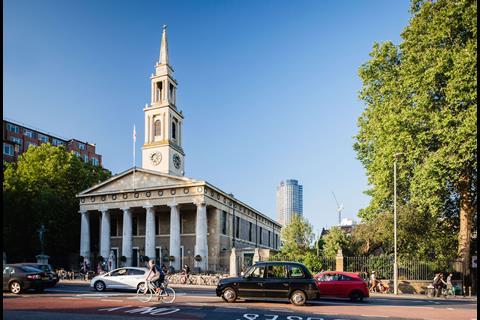







No comments yet